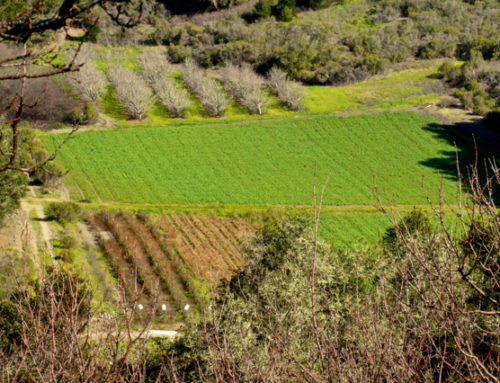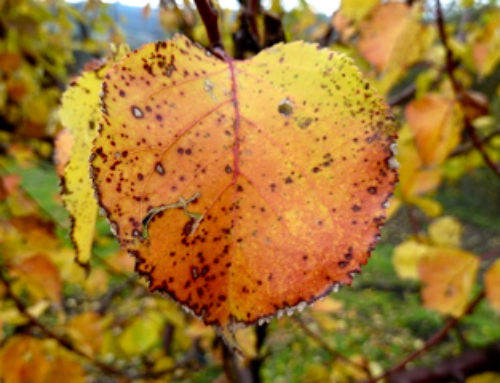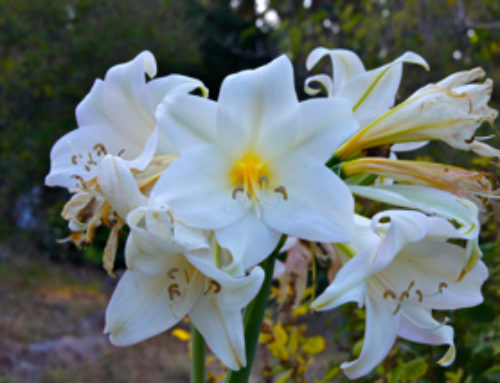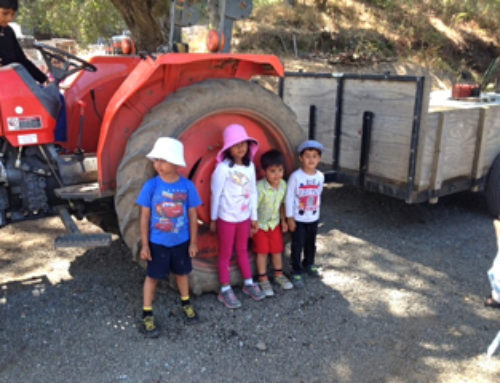“…Nature, lying all around, with such beauty and such affection for her children; and yet we are so early weaned from her breast to society, to that culture which is exclusively an interaction of man on man.” - Henry David Thoreau
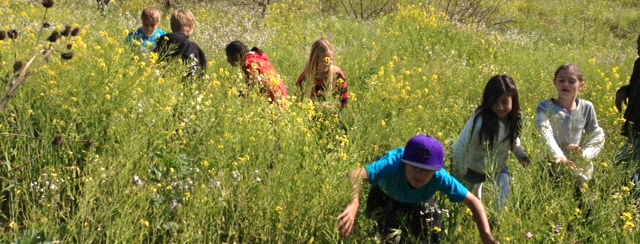
October is here and so are the kids. It’s a popular time of year for local schools to come on field trips exploring and interacting with nature on the farm. Few places can better engage children to experience first hand the many interactive connections and relationships involved in raising plants and animals that eventually become food to keep us alive and healthy.
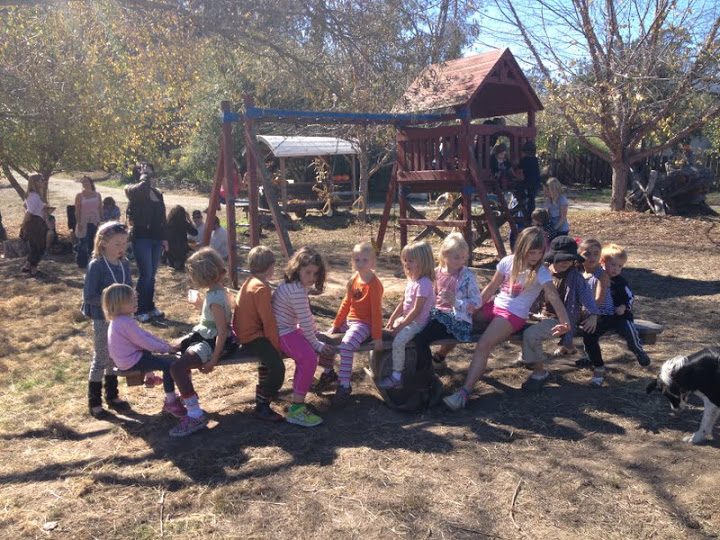 Our farm fields and educational gardens are great teachers; math, physics, biology, and chemistry all come alive through real-life problem solving. How many apples does it take to make a quart of freshly pressed apple cider? Or, how many tomatoes make a pint of salsa? What are the physical and biological building blocks that create a rich fertile organic soil? What are organic alternatives to toxic soil fumigants and pesticides? How does farming affect climate change, water quality and quantity? How has the digital age and today’s information technology revolutionized farming? Kids will learn how their food choices can make a difference in how food is grown on today’s farms.
Our farm fields and educational gardens are great teachers; math, physics, biology, and chemistry all come alive through real-life problem solving. How many apples does it take to make a quart of freshly pressed apple cider? Or, how many tomatoes make a pint of salsa? What are the physical and biological building blocks that create a rich fertile organic soil? What are organic alternatives to toxic soil fumigants and pesticides? How does farming affect climate change, water quality and quantity? How has the digital age and today’s information technology revolutionized farming? Kids will learn how their food choices can make a difference in how food is grown on today’s farms.
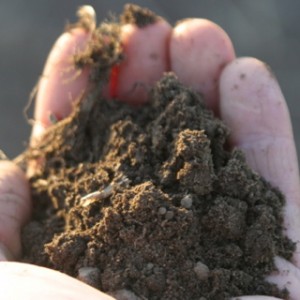 One of the most tangible ways to explain my job is to start with a handful of soil or compost and crumble it between my fingers to explain how as an organic farmer paying close attention to how I nourish the life in soil is essential to growing healthy food. In every teaspoonful there are millions of microorganisms –bacteria, algae, fungi, viruses, mostly invisible to the naked eye all forming intricate webs of interdependence. The “simple” bean for example, has evolved a mutually beneficial relationship with a bacteria that can fix nitrogen and convert into a type of amino acid which the plant turns into proteins, which when consumed will become human proteins. How amazing is that!!!
One of the most tangible ways to explain my job is to start with a handful of soil or compost and crumble it between my fingers to explain how as an organic farmer paying close attention to how I nourish the life in soil is essential to growing healthy food. In every teaspoonful there are millions of microorganisms –bacteria, algae, fungi, viruses, mostly invisible to the naked eye all forming intricate webs of interdependence. The “simple” bean for example, has evolved a mutually beneficial relationship with a bacteria that can fix nitrogen and convert into a type of amino acid which the plant turns into proteins, which when consumed will become human proteins. How amazing is that!!!
The farm is a different kind of classroom where children have the opportunity of using their senses to experience the lifecycles of other living organisms important to support their own – the human life cycle.
We never stop learning from nature, whether it is through the world of insects, the sprouting of a seed unfolding into a delicate seedling, the milking of a cow or simply watching the moon rise over the Santa Cruz Mountains. Nature’s book is a fascinating read and, best of all, we are all in it.

